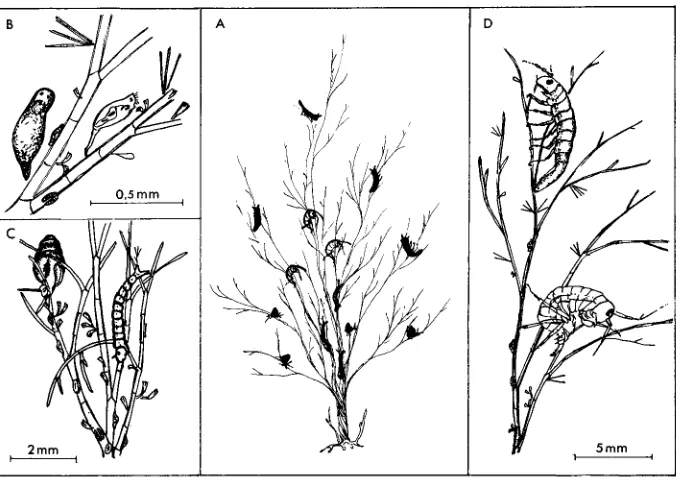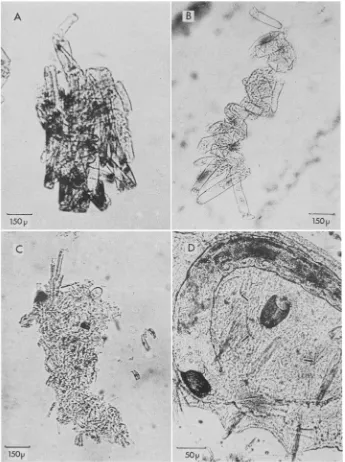The food-web of theCladophora-belt fauna
Full text
Figure




Related documents
• Follow up with your employer each reporting period to ensure your hours are reported on a regular basis?. • Discuss your progress with
More worrisome is the possibility of non-random migration, which is not a real concern with our mortality results (given we measure outcomes at ages 5-9, just a few years after
The hypothesis for the second research question stated that students who participate in restorative justice practices experience a difference in Active Accountability compared to
Methods: A follow-up study 5.5 years after the explosion, 330 persons aged 18 – 67 years, compared lung function, lung function decline and airway symptoms among exposed
It was decided that with the presence of such significant red flag signs that she should undergo advanced imaging, in this case an MRI, that revealed an underlying malignancy, which
Field experiments were conducted at Ebonyi State University Research Farm during 2009 and 2010 farming seasons to evaluate the effect of intercropping maize with
After successfully supporting the development of the wind power technology, an approach is needed to include the owners of wind turbines in the task of realizing other ways, other
19% serve a county. Fourteen per cent of the centers provide service for adjoining states in addition to the states in which they are located; usually these adjoining states have


